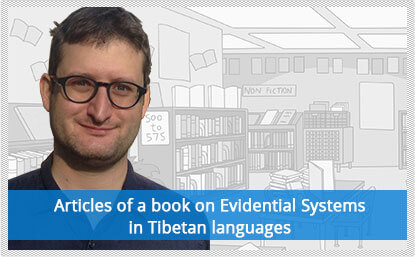
A noted scholar in the field of Tibetan sociolinguistics and culture, Dr. Nathan W. Hill is a professor at SOAS, University of London. He currently teaches courses in Tibetan language and history, and has published several works on Old Tibetan descriptive linguistics, Tibetan corpus linguistics, Tibeto-Burman reconstruction and comparative linguistics, and the typology of evidential systems. For his next book on Tibetan linguistics, he required articles translated from Japanese and Chinese to English. With funding available from the European Council and British Museum, Dr. Hill was looking for a reliable translation partner with expertise in linguistics and International Phonetic Association (IPA) system, experience in Japanese and Chinese translation, and familiarity with Burmese and Tibetan scripts.
On contacting Ulatus, Dr. Nathan mentioned, “A colleague of mine in Japan recently used your services and I was most impressed with the outcome.” Explaining the project background, he added, “I am proposing a book to Mouton de Gruyter about evidential systems in Tibetan languages and want to include articles that I think are important.” Our translated files were extremely critical in laying an important ground for the book. They would be used to discuss the book with the publisher and obtain permissions from the original authors.
Ensuring accurate translation of Japanese and Chinese text as well as keeping intact interspersed symbols, Burmese text, and Tibetan text
Forming the right team with linguistic expertise
Implementing Strict Quality Principles in the Project Management
The key to the success of this translation was expert project management. By following the right strategy, we successfully translated all files to English while accommodating the client’s request to retain all IPA symbols as well as Burmese and Tibetan scripts. The PM team went out of its way to fulfill this request, which saved the client from the tedious task of adding symbols and text back into the translated files. Our client who is a well-known researcher in this area and familiar with all the scripts involved in the translation gave us the following comment:
Looking at the quality of the work that was produced, I could not have done any better. I know Japanese and I know linguistics, and looking at the quality of the work that was produced, I feel like I would not have done any better than this.